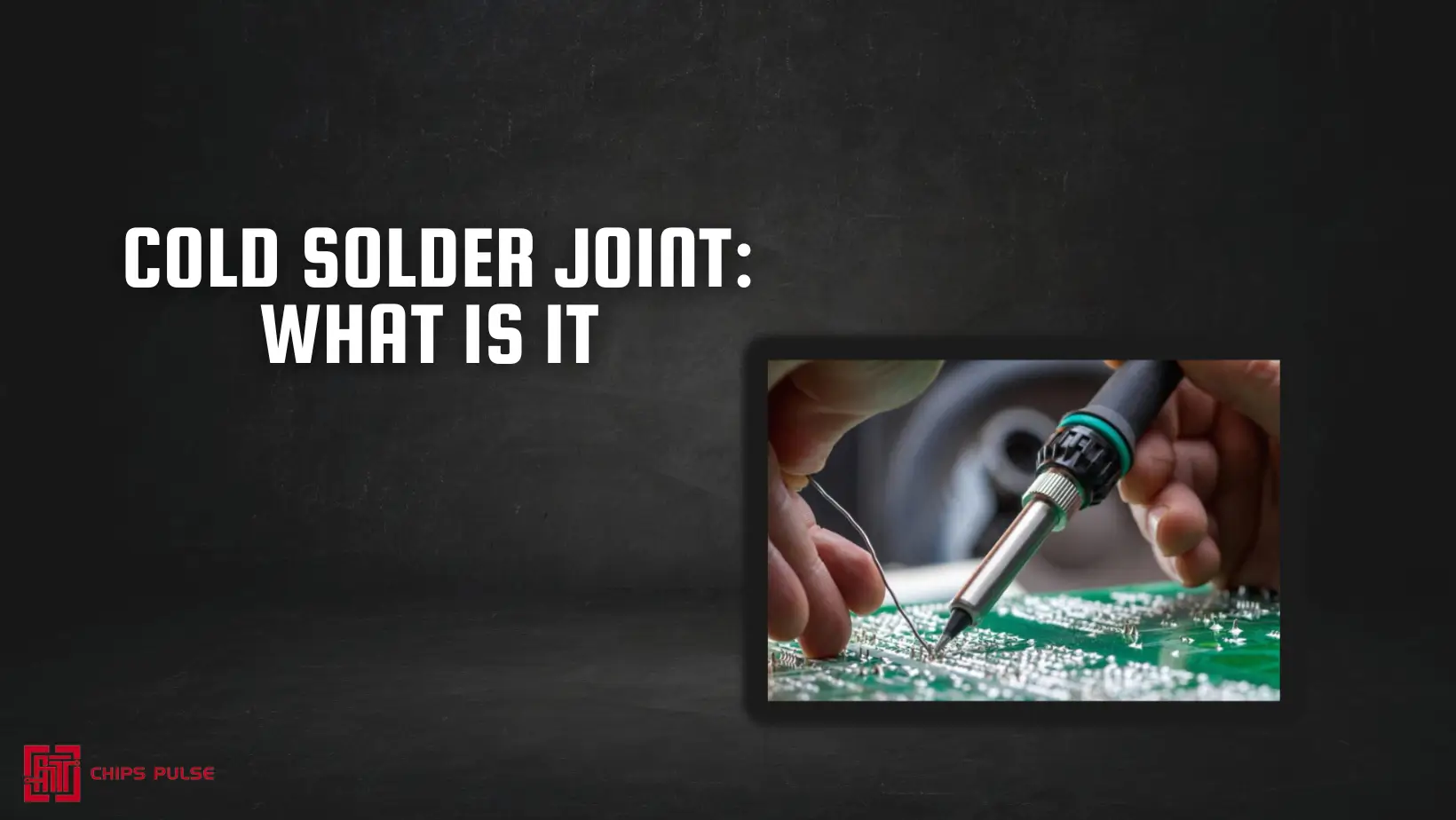Soldering is like magic in the world of electronics! It's the process of bonding two metals together using a solder alloy. The key is to make sure that the solder and the metal on the printed circuit board (PCB) or component form a solid bond.
When the solder melts into a fluid molten state, it's like a warm hug for the component, ensuring a strong connection. However, if the solder doesn't melt properly, it leads to trouble.This can result in a Cold Solder Joint, a defect where the solder hasn't fully melted to create a secure joint.
Cold solder joints can be identified by their rough surface, rigidity, and uneven appearance. They are troublemakers, as they increase the risk of cracking and failure in the joint. For through-hole components, a good solder joint should look shiny and have a concave or cone-shaped structure. The perfect angle is between 40 to 70 degrees against the surface and the soldered pin.
To avoid cold solder joints and ensure a strong connection, it's essential to heat the soldering iron to the right temperature, usually around 15°C above the solder alloy's melting point. After holding this temperature for at least 45 seconds, you're ready to start soldering like a pro!

Soldering is a crucial process in electronic assembly, and ensuring proper joint formation is essential to maintain product performance and reliability. Some common soldering issues that can lead to the formation of cold solder joints include:
1) Disturbed Joint: A disturbed joint occurs when there is a disruption at the joint before the solder paste has had a chance to harden. This can happen due to movement or vibration during the soldering process, leading to a weak and unreliable connection.
2) Overheated Joint: An overheated joint is the result of the solder wire not melting properly, causing the flux on the board to become overheated. This can weaken the bond between the components and the board, resulting in a cold solder joint that is prone to failure.
3) Insufficient Wetting: Insufficient wetting happens when either the board or the pin is overheated more than the other, leading to poor solder adhesion. This inadequate wetting can result in an increased electrical resistance at the joint, which can compromise the reliability of the connection over time.
Cold solder joints should be avoided at all costs as they can lead to a variety of performance and reliability issues in electronic assemblies. Improper joint formation can increase electrical resistance, affecting the overall functionality of the joint and potentially causing joint failure.
By being aware of these common soldering issues and taking steps to prevent them, electronic manufacturers can ensure the quality and reliability of their products, ultimately enhancing customer satisfaction.
old solder joints can be a frustrating issue in electronics, leading to poor connections and potential malfunctions. Understanding the primary causes of cold solder joints is crucial for ensuring reliable soldered connections. Here are some key factors that contribute to the formation of cold solder joints:
1. Insufficient Heat
One common cause of cold solder joints is insufficient heat during the soldering process. This can happen when both surfaces are not heated adequately or simultaneously. If the soldering iron's temperature is too low or if it is not in contact with the components for a sufficient amount of time, the solder may not form a strong bond. Uneven heating can also lead to the solder bonding to the wrong surface—either the component pin or the circuit board pad—resulting in a weak connection.
2. Poor Cleaning
Rushing through the soldering process without proper cleaning can introduce contaminants like dirt, grime, grease, and metal oxides into the solder joint. These impurities hinder the solder's ability to properly bond with the surfaces, leading to the formation of cold joints. Signs of poor cleaning include beading or globules forming in the solder, indicating an ineffective bond.
3. Inadequate Solder Application
Inadequate solder application, characterized by a lack of sufficient tin in solder spots during board tinning, can result in weak solder connections. Insufficient heat throughout the soldering process is a common reason for this issue. Weak solder connections can lead to poor electrical conductivity and potential shorts, impacting the device's functionality.
By addressing these primary causes of cold solder joints through proper heating techniques, thorough cleaning practices, and adequate solder application, electronics enthusiasts can ensure reliable and durable soldered connections.
In conclusion, it is evident that a cold solder joint, stemming from an inadequately executed PCB component soldering process, poses significant risks to the reliability and functionality of electronic assemblies.
Throughout this discussion, we have highlighted how cold solder joints lead to an increase in electrical resistance within the solder joints. Such elevated resistance levels are detrimental to the reliability of the joints, impacting both the electrical connectivity and mechanical stability of the assembly.
The implications of unreliable solder joints are far-reaching, potentially resulting in malfunctions, failures, or even damage to electronic devices. However, by employing best practices, such as ensuring the appropriate amount of molten solder is used, maintaining the correct heat levels for the soldering iron, and upholding a clean and debris-free soldering process, the occurrence of cold solder joints can be effectively mitigated.
Therefore, it is imperative for electronic manufacturers, technicians, and hobbyists alike to prioritize precision and attentiveness during the soldering process to uphold the integrity and longevity of electronic assemblies.